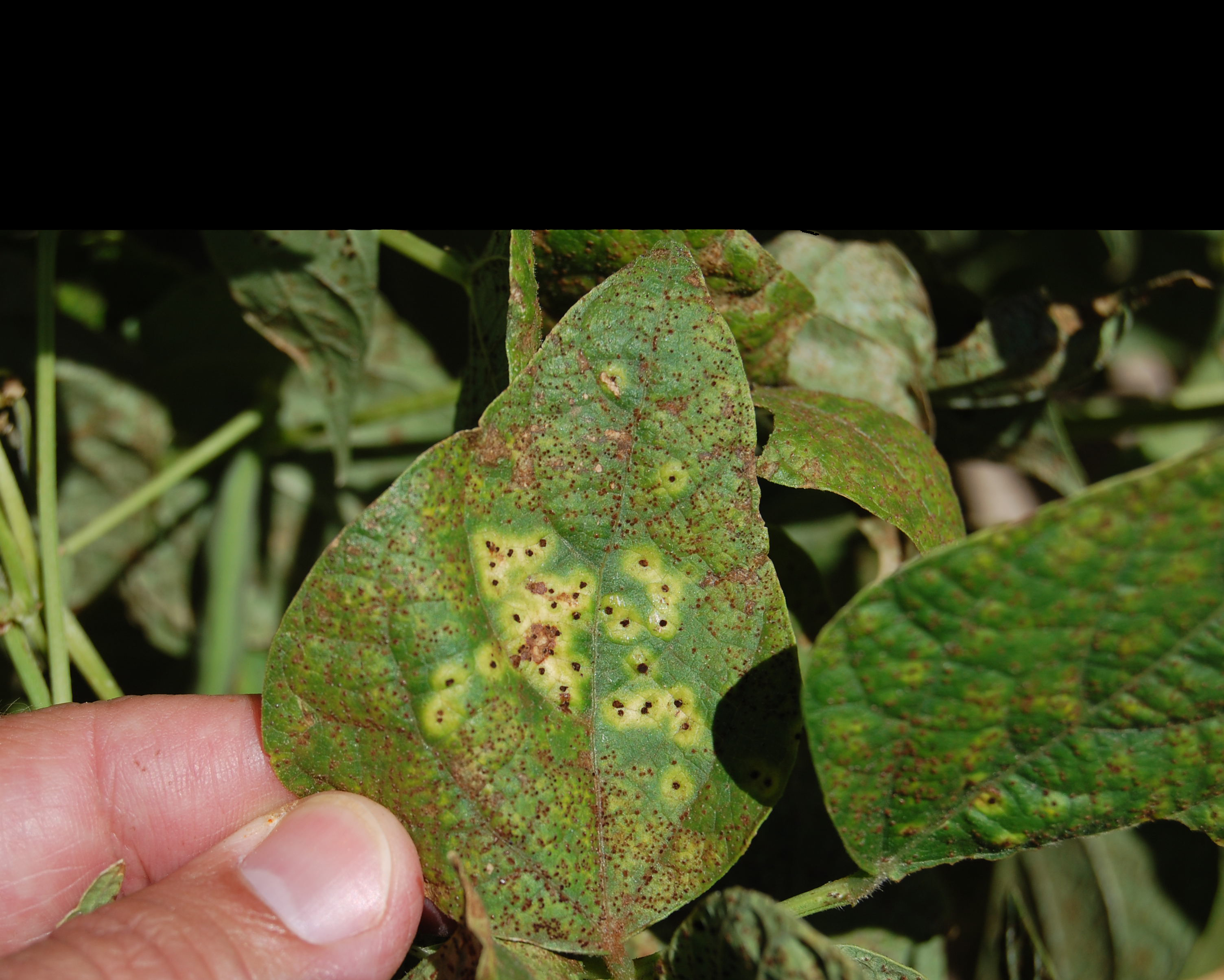By Robert Harveson, Extension Plant Pathologist
Pathogen
Sclerotinia sclerotiorum (Lib.) de Bary. Fungal structures: sclerotia, apothecia, ascospores, microconidia. Mycelium is hyaline, septate, and can infect over 360 species of plants. Sclerotia are irregular in shape (2-15 x 2-30 µm) and have a black outer rind with a white interior. Apothecia (2-10 mm wide) are amber in color, and several may arise from a single sclerotium Asci are cylindrical and contain 8 hyaline, ellipsoid, multinucleate ascospores measuring 4-6 x 9-14 µm. Globose, hyaline, microconidia (2-4 mm) are produced from phialids in sporodochia or on hyphae. The fungus is homothallic, and the role of the microconidia is unknown.
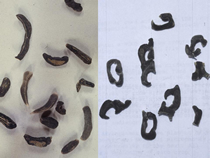
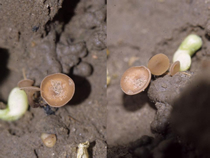
Disease Symptoms
The disease initially appears after flowering on plants wilting in canopy, followed by water-soaked spots that enlarge into a watery, mass of rotten tissue covered with white fungal growth. Stem infection wilts and kills the branches above the infection and affected stems appear bleached and white compared to the normal tan color of mature bean plants. Sclerotia form within the cottony, white mycelial growth on pods, leaves, or stems, and fall to the ground during harvest.

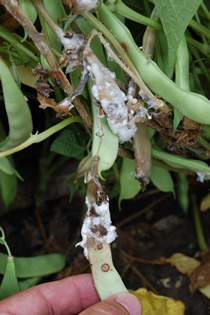
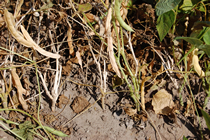
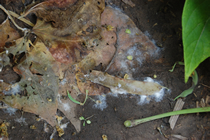
Favorable Environmental Conditions
White mold is influenced by certain cultural practices and environmental conditions. High plant populations, strongly vining cultivars, excessive fertilizer, and high levels of irrigation or rainfall all contribute to more severe disease problems from Sclerotinia. During periods of cool, wet weather, the overwintering sclerotia germinate to form apothecia that shoot ascospores up into the bean canopies. If free moisture is available, the spores germinate and initiate infection on leaves or upper stems. Disease progresses within canopies that remain closed, with higher humidity and less air movement. Repeated cropping of susceptible crops, particularly sunflowersincreases levels of sclerotia within fields.
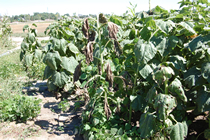
Management
Genetic Resistance
Resistant hybrids are currently not available.
Cultural Practices
Rotation with non-host crops such as sugar beets, corn, alfalfa, or small grains will reduce number of sclerotia in fields. Avoid planting beans in fields with a white mold history for at least 3 years. Use populations and row widths that promote air circulation and rapid drying of plants and soil surface. Irrigate only as required for optimum plant growth.
Chemical/Biological Control
Apply recommended fungicides during 100% to full bloom to protect developing pods from infection.
Links
For more information, see the UNL Extension NebGuide, White Mold of Dry Beans (G1786).
